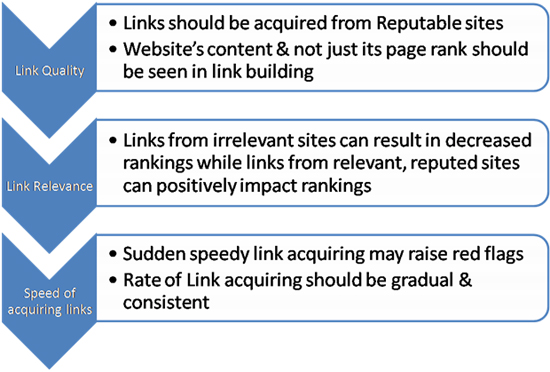Google Penguin 2.0 : Reduced Tolerance Towards Spam
Recently updated: February 10th, 2025
The Internet world has been abuzz again, this time, with the roll out of Google’s Penguin Update 2.0. Technically, it is the fourth release of Google’s Penguin Update. However, this update has Penguin 2.0 technology, which as per Google, is better equipped to prevent spam.
Rolled out on May 22nd, the new version of Penguin is largely designed to penalize websites that employ black hat SEO techniques versus websites that offer authentic value. According to Matt Cutts, “The previous iteration of Penguin would essentially only look at the home page of a site. The newer generation of Penguin goes much deeper and has a really big impact in certain small areas.” As per Cutts, the new update impacts 2.3 percent of English-U.S. queries, other than impacting non-English queries as well.
As per a study conducted by the Digital Marketing company, Portent, Google’s tolerance for web spam has been continuously declining. The bar that was once set at penalizing sites with 80% or more suspicious links, dropped to 50% in a short span of time & with Penguin 2.0 its tolerance seems to be further lowered. The emphasis clearly is on controlling spam & thereby improving the quality of search engine results. Websites with original & useful content are likely to win the race as against those which are working towards finding loopholes in the system. Businesses offering SEO services and well-structured SEO packages have a greater chance of maintaining their rankings by adhering to ethical SEO practices.

Let us look at the main focus areas of Penguin 2.0:
Gaming, business, blog, and pornography sites have been the biggest losers after Penguin 2.0 as per data compiled by Searchmetrics. With Penguin 2.0 focusing on spammy links, here are some effective tips in building new links in the post Penguin 2.0 ecosystem:
The focus, more than ever, needs to be on building original, quality content that has social value in terms of shareability & likeability. There has to be a concentrated effort to avoid duplicate content. Overall, the Content strategy has to lend itself to engagement & interaction. The benefits of earned media versus paid media have once again been brought to the fore. Quality content will automatically attract mentions from other influencers & strengthen relationships of the site within its domain.
For newcomers in the website domain who are following Google’s principles & adhering to White Hat practices, the penguin update is likely to improve search engine rankings with many sites being delisted on account of black hat SEO practices. If you are an existing website, however, that has been hurt by Penguin 2.0, it may help to take a long hard look at all the SEO practices you have been following. What better solution can there be, than Matt Cutt’s advice on cleaning up the links:
“One common issue we see with disavow requests is people going through with a fine-toothed comb when they really need to do something more like a machete on the bad backlinks. For example, often it would help to use the “domain:” operator to disavow all bad backlinks from an entire domain rather than trying to use a scalpel to pick out the individual bad links. That’s one reason why we sometimes see it take a while to clean up those old, not-very-good links.”
-Matt Cutts, Head of Google Webspam Team
Latest posts by Vijaya Tyagi (see all)
How To Track Shopify SEO Performance & Metrics (2025) - January 14, 2025
Link Building Strategies: The Ultimate Techniques for 2025 - December 31, 2024

